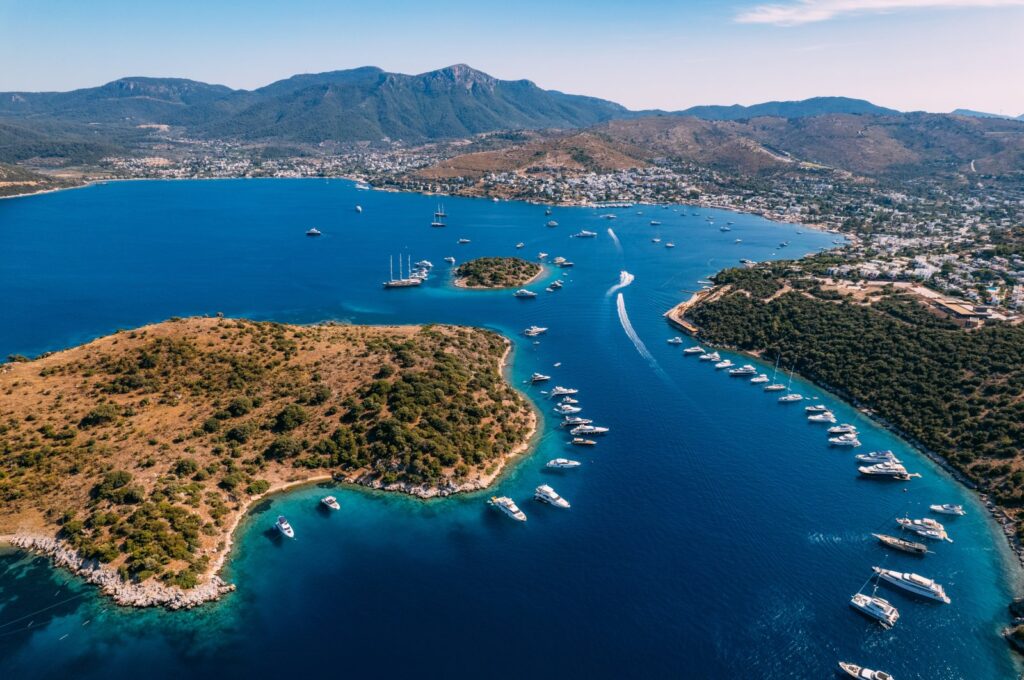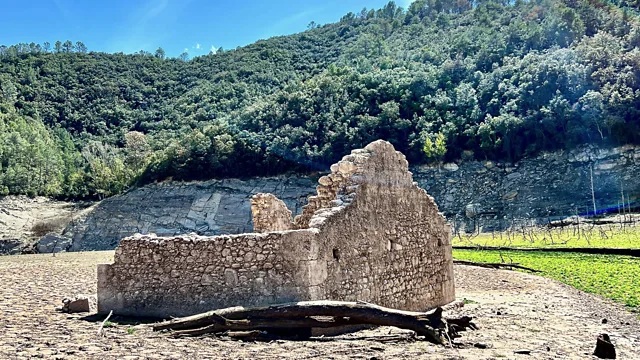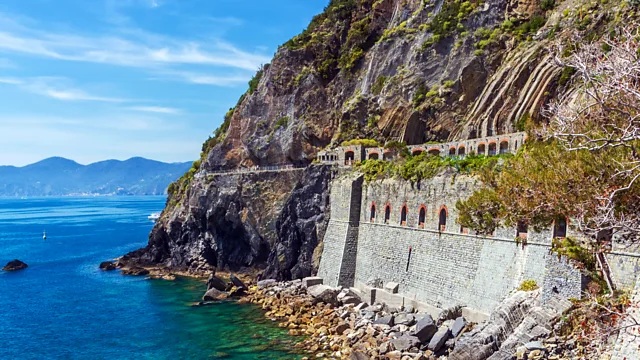
Özge Şengelen
Uzunköprü, one of the most beautiful districts of Edirne, was built on the banks of the Ergene River and hosts the longest stone bridge in the world, where you can witness the heritages of the Ottoman Empire, carrying the traces of the past to the present
Let me take you to Edirne, which I describe as Türkiye’s gateway to Europe, located in Thrace, which forms part of the Balkan Peninsula. I have talked at length about the historical texture of Edirne waiting to be discovered in my previous articles. However, this time I will not talk about the city center but instead about the Uzunköprü district, where the world’s longest stone bridge is located.
Edirne, which served as the capital of the Ottoman Empire until the conquest of Istanbul in 1453, has very important historical structures, including in its center and districts. Uzunköprü is one of the most important districts of Edirne, which has a total of nine historical districts. Undoubtedly, the first structure to add importance to the district is its namesake Uzunköprü, which is the longest stone bridge in the world and literally gives the name “Longbridge” to the district.
The Uzunköprü district was established on the Ergene River Bank and also has a strategic location at the point where the roads connecting our country to the Balkans and Europe are located. The second largest district of Edirne, Uzunköprü is only 6 kilometers (3.72 miles) away from Greece. The Uzunköprü district is one of the must-visit places in Thrace with its historical texture and strategic location.

Uzunköprü
The bridge in Uzunköprü, which is also called Cisr-i Ergene (Ergene Bridge) in historical sources because it was built on the Ergene River, is the longest stone bridge in the world.
It was built by Ottoman Sultan Murad II between 1426 and 1443 and was included in the UNESCO World Heritage Tentative List in 2015. The bridge, which was commissioned by Sultan Murad to the chief architect of the period, Müslihiddin and Architect Mehmed, was built to provide ease of transportation in the expeditions to be organized by the Ottoman Empire.
Before the conquest of Istanbul, the Ottoman Empire was passing through the Dardanelles via Gallipoli to Anatolia. However, when the Ergene River, located between Edirne and Gallipoli, overflowed, especially in winter and spring, the road would remain closed for months. As this situation slowed down the transitions to Anatolia, Sultan Murad issued an edict for the construction of the bridge in 1426.
Since the wooden bridges built before could not withstand the waters of the river, a 1,270.41-meter (4,168-feet) long stone bridge was built here. Thus, the Ottoman Empire easily reached Anatolia in every period and continued its expeditions. A total of 174 arches were built on the bridge, which has a width of 6.80 meters and was built by bringing stones from stone quarries close to the region.
There are ornaments consisting of plants and animals and geometric shapes on both sides of the bridge. Like many bridges built in the Ottoman period, Uzunköprü has a very imposing and magnificent appearance. However, the fact that there is no other example on Earth makes it unique.

Sultan Murad Complex
The külliye – a complex that includes a mosque, madrasa, kitchens and other structures – built during the Ottoman Sultan Murad II period still stands today and is in service with the name Muradiye Mosque.
In the 17th century, Ottoman Sultan Osman II restored the mosque, changing its rectangular appearance and adding a roof.
The complex, which has three main gates, contained a mosque, a soup kitchen and a madrasah. Today, in the cemeteries in its courtyard contain the tombs of the famous people of Uzunköprü.
There is also a fountain opposite the entrance door of the mosque. The fountain with a pyramid-shaped roof was built for people to make ablution and consists of many taps.
In the fountain with eight taps, there are seats in front of each tap and a deep trough to prevent water from splashing. The fountain has been restored without damaging its historical structure and has survived to this day.

Halise Hatun Mosque
This mosque, which was built by Hacı Ibrahim Agha in the name of his wife Halise Hatun, was constructed in the 15th century during the Ottoman Sultan Bayezid II period. It carries the architectural features of the century. The mosque draws attention with its wooden roof. It was renovated with restorations and took its current form in the modern era.
There is a family cemetery surrounded by walls to the south of the mosque. It is said that the two mausoleums found in the family cemetery belong to Hacı Ibrahim Agha and his wife Halise Hatun.
There is also a fountain built by Hacı Ibrahim Agha on the street next to the mosque. The fountain carries a quite remarkable text: “The fountain that will (truly) quench our thirst is the fountain in heaven.”

Uzunköprü Train Station
The station, whose construction was completed in 1873, is located on the railway that connects Istanbul to Europe. Uzunköprü Train Station, which has a very important place in the history of Uzunköprü, also provided great convenience in terms of transportation during the Çanakkale battles in World War I.
Although Uzunköprü is famous for its stone bridge, it hosts valuable historical artifacts from the Ottoman period. Here, you can witness the traces of Ottoman history in Uzunköprü.
After you get your fill of history in Uzunköprü, I recommend you fill your stomach with its great food. Some of the different flavors you can try are the mamzana made from roasted peppers, eggplant and tomatoes, zerde, which is a dessert type, and akıtma made from duck meat. You can also buy the most natural and freshest meat and dairy products from local vendors in Uzunköprü.
Courtesy: Dailysabah








